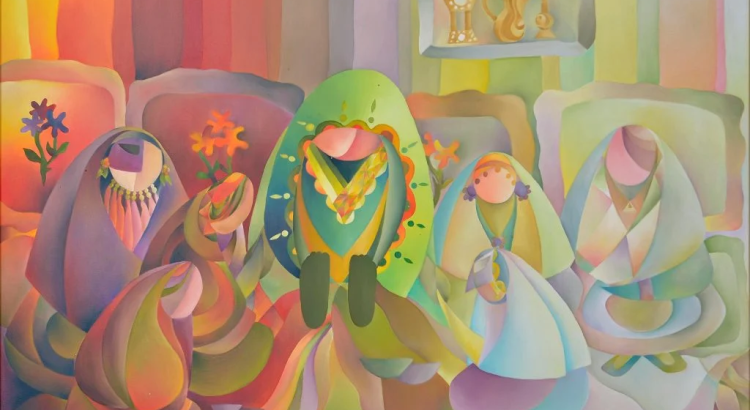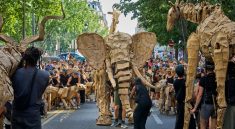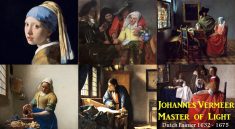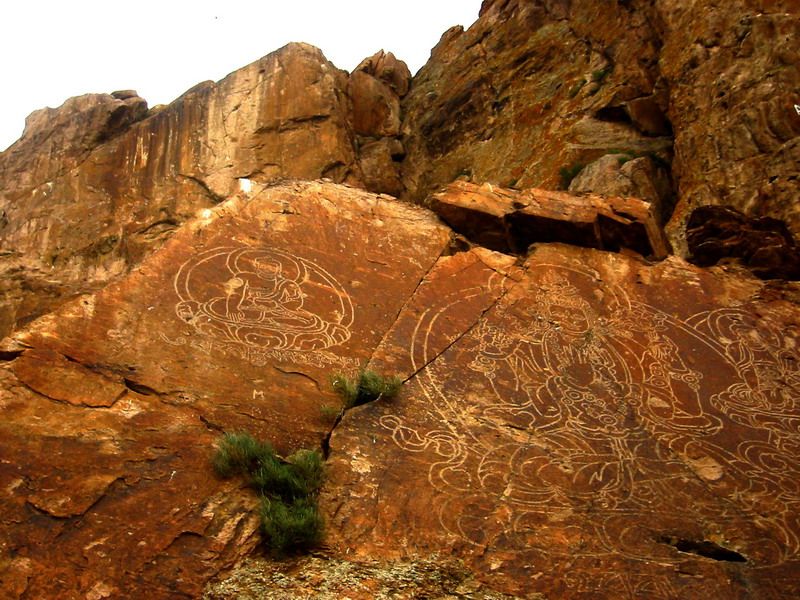Robert Draws – Qatar stands at the heart of a remarkable artistic rediscovery with the exhibition Wafa Al-Hamad: Sites of Imagination at the Mathaf Arab Museum of Modern Art in Doha. This show reintroduces one of the nation’s pioneering women artists, Wafa Al-Hamad, whose multifaceted vision shaped the evolution of Qatari modernism. Curated by writer and researcher Lina Ramadan, the exhibition celebrates Al-Hamad’s legacy while acknowledging how her contributions were long overshadowed in regional art history. Born in 1964 and passing away in 2012, Al-Hamad’s career stretched across decades of change in Qatar’s cultural identity. Through bold abstraction, traditional motifs, and modern experimentation, her work bridges past and future, merging local heritage with global aesthetics. This tribute marks not only a cultural milestone but also a reaffirmation of Qatar’s growing role in preserving and promoting the narratives of Arab women artists who transformed creative expression in the Gulf.
Rediscovering Wafa Al-Hamad and Qatar’s Artistic Heritage
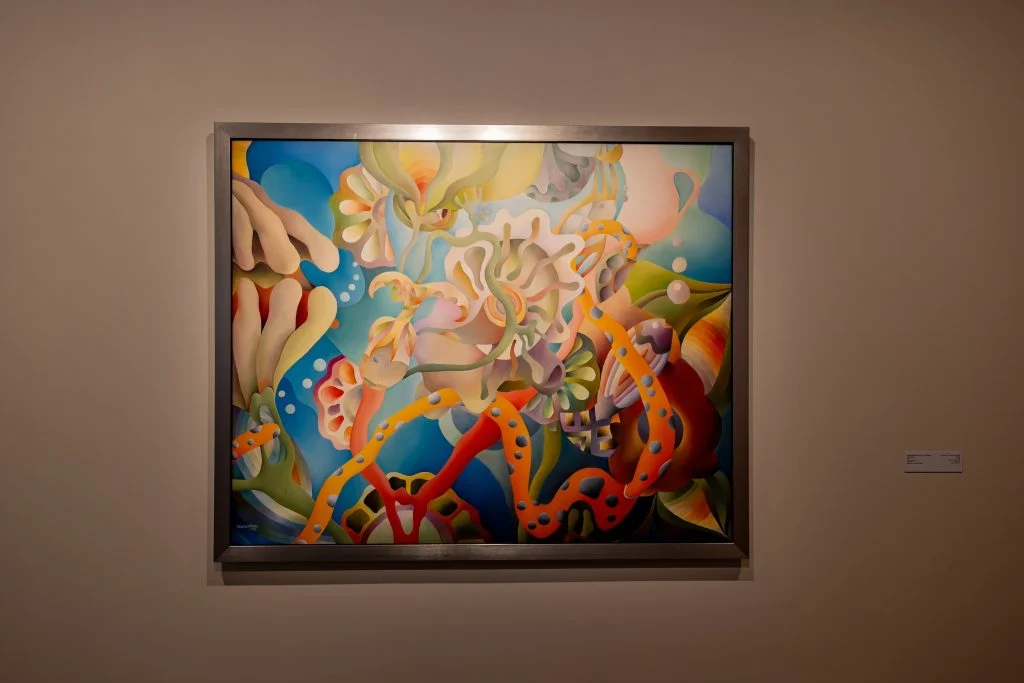
The exhibition Sites of Imagination gives Qatar a renewed sense of artistic pride and recognition. It highlights Wafa Al-Hamad’s groundbreaking work and celebrates her lasting influence. Curator Lina Ramadan describes her as a visionary artist with remarkable foresight. She sensed how rapid global changes could create new futures for Arab art. Al-Hamad was among the first female students to join the Qatari Free Atelier in 1981. There, she refined her artistic skills and inspired a new generation of creators. Her early participation in Gulf exhibitions gained regional attention and respect.
She showed her works at the Arab Youth Exhibition in Riyadh and the Sharjah Biennale. These events positioned her as a central figure in Qatar’s cultural awakening. Despite her strong contributions, she remained underrecognized outside the Gulf region. The exhibition now restores her rightful place in Qatar’s artistic history. It invites audiences to engage deeply with her identity and imagination. Her art glows with light, color, and emotional depth. It forms a bridge between tradition and modernity. Each piece reflects the evolving spirit and soul of Qatar.
“Read about: Hungarian Author Laszlo Krasznahorkai Clinches Nobel Prize in Literature”
The Evolution of a Qatari Artist Beyond Boundaries
Throughout her forty-year career, Wafa Al-Hamad explored many forms of artistic expression. She constantly challenged artistic boundaries and expectations. Her works range from detailed ink drawings to soft pastel compositions filled with emotion. She also created large geometric abstractions influenced by international movements. Despite global influences, her art stayed deeply connected to Qatari landscapes and heritage. She experimented freely with collage, watercolor, and digital techniques in her later years. These experiments revealed the vast depth of her imagination and creativity.
Two contrasting works from 1985, Atlal and Khida’a Al Basar, define her dual interests. They reflect her fascination with architecture, perception, and visual rhythm. Her art shows how tradition and innovation can exist in harmony. She drew inspiration from artists like Victor Vasarely and modernist abstraction. Still, her geometric designs always carried the essence of Qatari culture. Al-Hamad’s work encourages viewers to look deeper than surface beauty. Her paintings uncover layers of memory, time, and belonging. Her artistic legacy now challenges global audiences to rethink Arab modernism. She reminds the world that art from Qatar speaks with universal depth and power.
Spiritual Geometry and the Poetry of Color
Wafa Al-Hamad’s art reveals a profound connection between visual structure and spiritual reflection. Her geometric compositions were never meant to deceive the eye but to guide it toward inner contemplation. In every piece, her lines and colors invite a sense of movement that feels meditative and alive. Her abstraction grows from Qatar’s environment—the architecture, the desert light, and the human spirit that animates its history. Vibrant yellows, blues, and pinks illuminate her canvases, offering an emotional resonance that transcends geography. Al-Hamad’s fascination with symmetry and repetition reflects her mastery of mafrooka, a traditional Islamic decorative art she learned in Doha. Through this technique, she fused modern design with cultural continuity. Her approach creates a harmony between intuition and intellect, transforming visual art into a form of poetry. Each painting becomes a reflection of balance and transcendence, reminding viewers of the deeper rhythms that unite art, faith, and imagination.
Legacy Restored in the Heart of Qatar
As the Mathaf Arab Museum of Modern Art unveils Sites of Imagination, Wafa Al-Hamad’s story gains renewed meaning in the evolving narrative of Qatar’s creative identity. The exhibition stands as a testament to the resilience of female artists who challenged social expectations to pursue art as a form of empowerment and reflection. Al-Hamad’s work embodies the complexity of Qatar’s modernization, blending heritage with innovation, memory with progress. Through her lens, the desert becomes a landscape of color and thought, while tradition transforms into a source of creative renewal. Her art education efforts at Qatar University influenced countless students, proving that her legacy extends beyond the canvas. Now, as her works return to the public eye, they remind the world that Qatar’s cultural voice continues to grow stronger. Wafa Al-Hamad’s vision endures as a symbol of imagination’s power to transcend time and redefine national identity.
This article is sourced from artnet and for more details you can read at robertdraws
Writer: Sarah Azhari
Editor: Anisa
